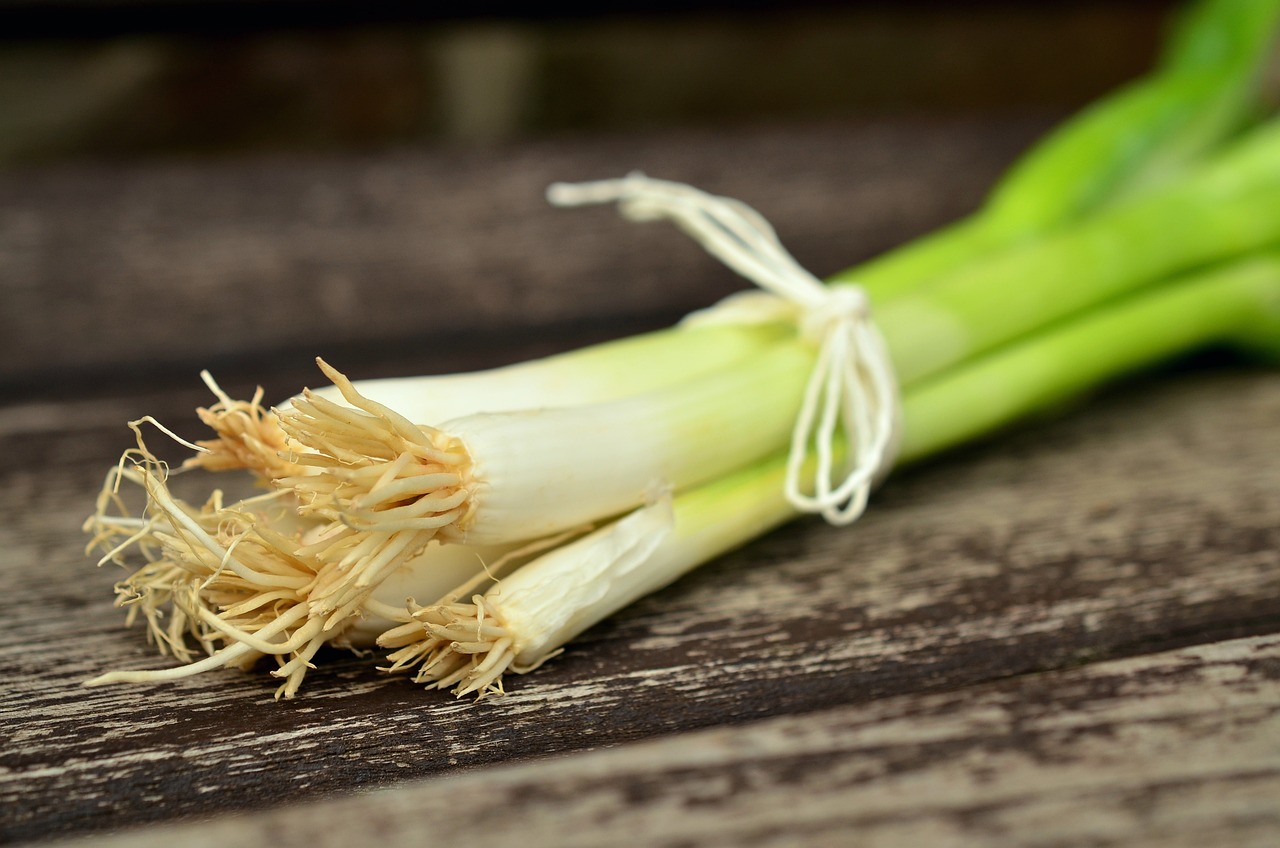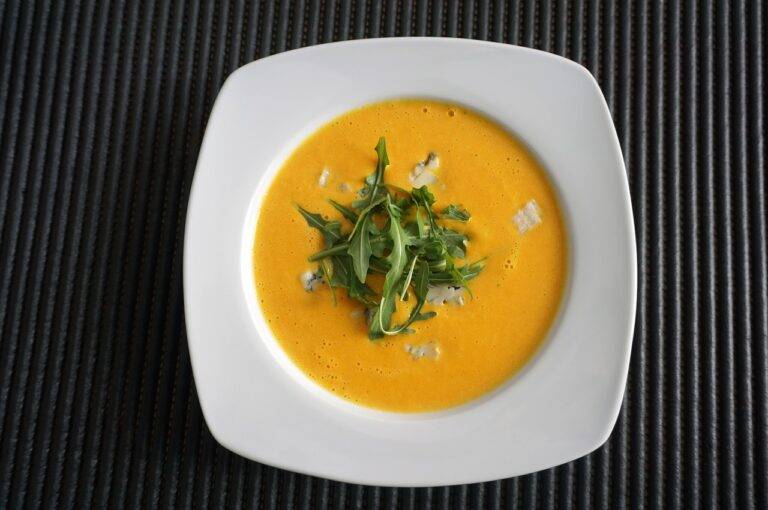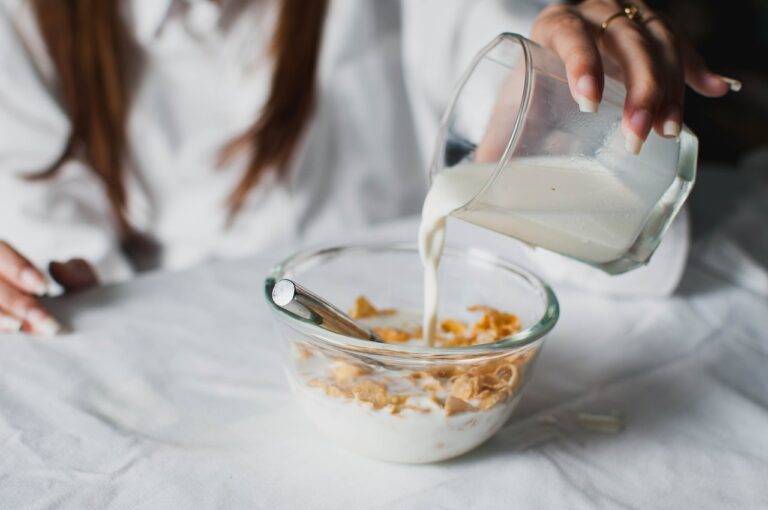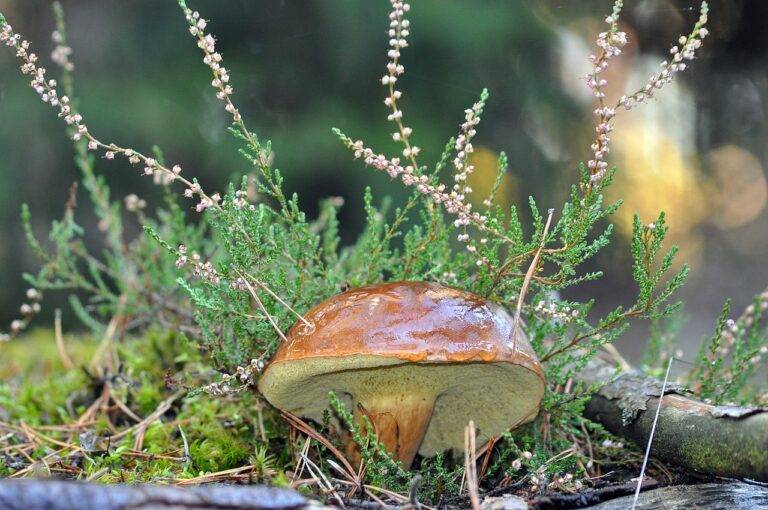The Art of Food Preservation: Techniques for Canning, Pickling, and Fermenting.
Preserving food can help reduce food waste, allowing you to store and consume food items for a longer period. By preserving food, you can ensure that you always have access to fresh and nutritious ingredients, even when they are out of season. This can lead to cost savings and convenience in meal preparation.
Food preservation also helps to maintain the nutritional value of foods. Certain methods of preservation, like freezing or drying, can help retain essential nutrients such as vitamins and minerals. This means that even months after preserving, your food can still provide you with the necessary nutrients for a balanced diet.
Different Methods of Food Preservation
Food preservation is vital in ensuring food longevity and reducing food waste. One prevalent method is canning, a process where food is sealed in airtight containers such as tin cans or glass jars. This method involves heating the food to kill bacteria and sealing the container to prevent spoilage. Canning is widely used for preserving fruits, vegetables, and meats.
Another common method of food preservation is drying or dehydration. This technique involves removing the moisture from the food, inhibiting the growth of bacteria and mold. Drying is a cost-effective method that can be done using various techniques like sun drying, air drying, or using specialized dehydrators. Fruits, vegetables, herbs, and meats can be preserved through drying, allowing for extended shelf life and easy storage.
What are the benefits of food preservation?
Food preservation helps prevent spoilage, extends shelf life, retains nutritional value, and reduces food waste.
What are the different methods of food preservation?
There are several methods of food preservation including canning, freezing, drying, pickling, salting, smoking, and fermentation.
How does canning work as a method of food preservation?
Canning involves sealing food in airtight containers and heating them to destroy microorganisms that cause spoilage.
What is the process of freezing as a method of food preservation?
Freezing involves lowering the temperature of food to inhibit the growth of microorganisms and slow down enzymatic activity.
How does drying work as a method of food preservation?
Drying removes moisture from food, preventing the growth of microorganisms and preserving shelf life.
What is pickling and how does it preserve food?
Pickling involves submerging food in a solution of vinegar, salt, and spices to create an acidic environment that inhibits bacterial growth.
How does salting work as a method of food preservation?
Salting draws moisture out of food, creating a hostile environment for microorganisms and preventing spoilage.
What is smoking and how does it preserve food?
Smoking exposes food to smoke from burning wood, which imparts flavor and creates a barrier against microbial growth.
How does fermentation preserve food and what are some examples?
Fermentation involves the use of bacteria, yeast, or molds to break down sugars and produce acids or alcohol, preserving food. Examples include yogurt, kimchi, and sauerkraut.





